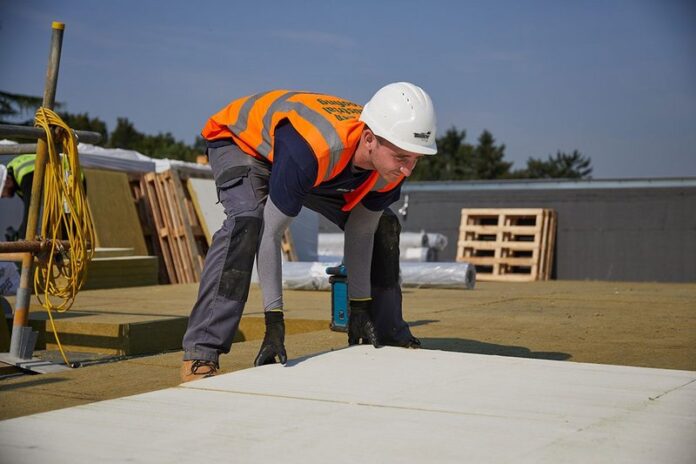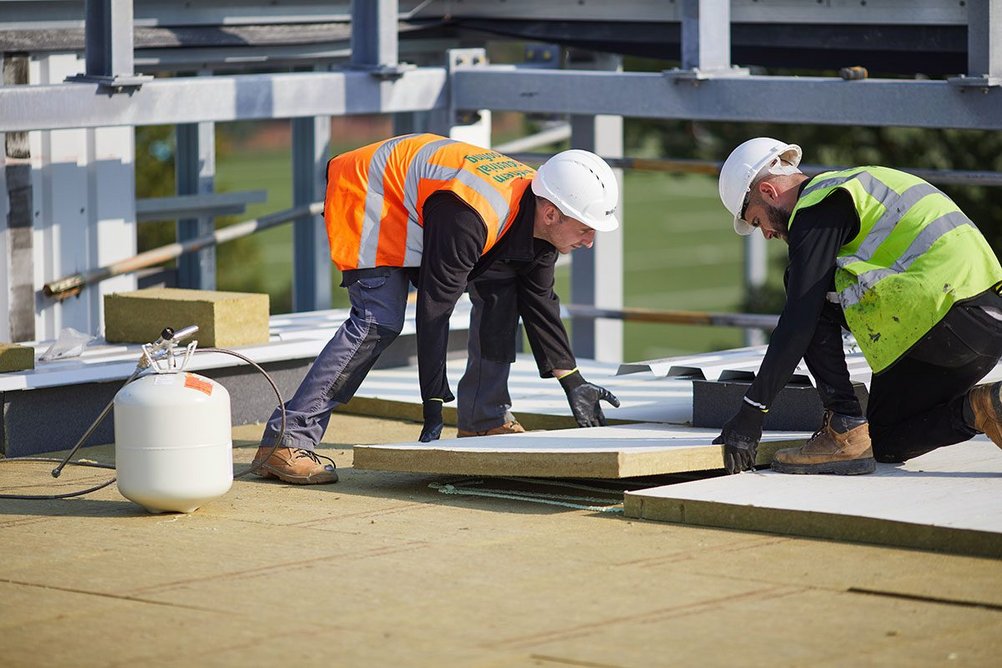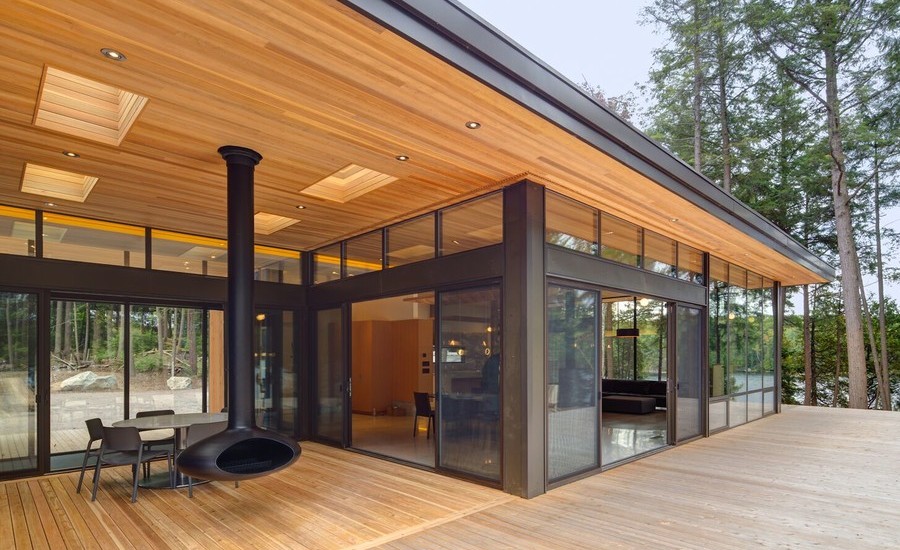If you have got the flat roof insulation done on your property, then it is going to impact the overall energy efficiency. The insulation type would highly depend on the environment around your building. Therefore, proper implementation will be useful in maintaining the other construction materials related to the flat roof. That will eventually help to maintain its lifespan. So, there are many factors that you need to consider before insulating your flat roof system. Want to know all about it? Read this article!
Understanding Flat Roofing Insulation
The insulation purpose in flat roofing systems is greatly useful in establishing such an energy structure that is more efficient. It also involves the minimization of any kind of heat loss. So, what exactly is a flat roof? Well, the flat roof is considered to be the one that consists of the pitch which is below 10°. So, how you would approach insulating your flat roofing system will vary depending on the pitched roof. Mainly there comes flat roofs of two types i.e. warm flat roofing and cold flat roofing. These flat roofing systems generally require different insulation approaches.
In warm flat roofing, the placing of insulation material takes place at the top of your roof. On the other hand, the placement of insulation material for cold flat roofing is done in-between its joists. So, for insulating purposes, it is clear that different approaches are followed by both types of roofing.
Insulating A Flat Roof
When you want to insulate your flat roof, then going for professional companies for installation is the best choice one can make. Such a company will have all the necessary skills as well as expertise to make this job a success.
- Warm Flat Roof
When you get your warm flat roof installed, one of the many advantages of that would be the ease in its condensation. The condensation sometimes becomes an issue but there would not be anything like that anymore with it because of the great positioning of your insulation. A minimum of 100mm of solid hard insulation board is placed at the top of the layer controlling vapor. Then at the top of that insulation, a system for waterproofing purposes will be applied.
- Cold Flat Roof
In this type of roofing, there is a gap of around 50 to 60mm between your insulation and the roof. This gap is useful in ensuring the circulation of airflow easily. Also, if the property only consists of shallow joists then one of the good alternatives that one can opt for is the spray foam. However, it also depends on your company’s installation judgment.
Types of Flat Roof Insulation
The most commonly used flat roof insulation materials are the following.
Wood Fibre: One of the insulation boards famous for its organic features is wood fiber. This insulation board is made up of wood or cane along with several mixtures of fillers and binders. To enhance the overall water resistance of the wood fiber, its surface is sometimes coated with asphalt sometimes.
Perlite: This type of insulation board consists of organic fibers that have been mixed all together with binders. Not only this, but it has air cells mixed in a way that they are trapped inside this material for insulating the roof. Here also, asphalt coating is considered to apply for reducing absorption that takes place into the material of insulation.
Polystyrene: For this type of insulation, one can choose between the two options available. And those options are expanded and extruded. In order to produce one of these versions like the expanded one, polystyrene is mixed with a foaming agent. On the other hand, the extruded polystyrene is the one that is constantly being heated to make it expanded polystyrene.
Well, there are some other types of flat roof insulation as well. And you can go for the one suiting your type of roofing system the best. So, how would you know which insulation system you should go for? For that, consulting an insulation company is the best thing you can do. They will inspect your property and will provide you with the best options for insulation to choose from.



















